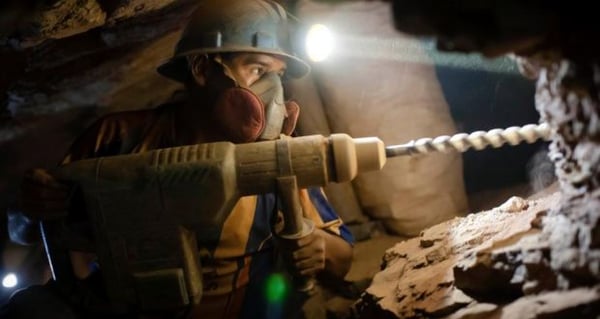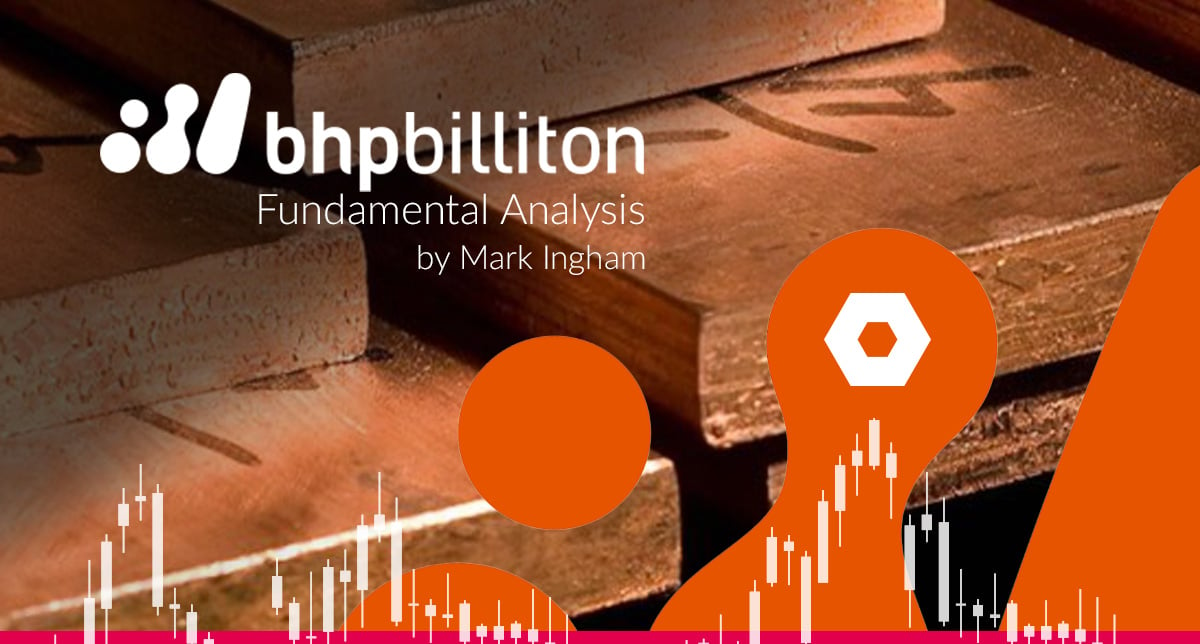Mining
BHP Billiton
“Maintaining discipline”
Share price: AUD31.72 ASX, GBP15.62 LSE, ZAR281.70 JSE
Net shares in issue: 2.11 billion LSE and JSE
Net shares in issue: 3.21 billion ASX
BHP Billiton Limited and BHP Billiton PLC is a dual listed company; PLC has a secondary JSE listing
Market cap: R595 billion JSE
Fair value DCF: $23,20, A$32.15 on ASX, £16.16 on LSE (including a 12% discount) and R291 per share on the JSE at an exchange rate of ZAR18.00/£
Note: fair value is based on forecast commodity prices and not spot prices
Trading Buy and Portfolio Buy
Further to my note dated 24 October (“US disposals on track”) and 5 November (“Forward earnings materially higher at current spot commodity prices”) BHP held a meeting with analysts on 21 November to update the market on capital allocation. This is what the outlook is post meeting...
The outlook is positive, and BHP remains the place to be in commodities, with my fair value edging up slightly to $23.20 (AUD32.15 and ZAR291).

Another miner that remains on my radar is Glencore, arguably trading at below fair value. The company’s share buy-back is not persuading other punters to enthusiasm as yet. I have fair value on Glencore at $4,49, which is £3,50 and R63 at current FX. The stock was rich closer to £4,00 earlier this year but at £2.86 is not reflecting prospects, particularly the coal business which will contribute almost 30% of Glencore EBITDA this year and at least 20% to 25% over the next few years, second only to copper at 30%. Coal alone is worth $1.00 per share of net fair value (equivalent to $14.0 billion).
Glencore, like BHP, is an efficient outfit these days and BHP made the point at the briefing that “the mining industry is capital intensive, but investments have at times been poor”. That is truthful. Any number of expensive blunders come to mind. BHP makes the point that “pro-cyclical investing has destroyed value and eroded returns”. Between 2008 and 2017, cumulative industry investment totalled $900 billion but impairments came to $250 million and shareholder returns less than $400 million.
There is a lesson in those sobering figures. BHP will be far more stringent on capexand exploration going forward and this should be positive for rating. I see return on equity exceeding 15% for the medium term. Expect annual capex to average $7.0 billion, or roughly in line with annual dividends. Debt to equity meantime should be a modest 10% to 12% over the next two years. I forecast EBITDA exceeding $21 billion a year for the medium term with adjusted earnings at $8.0 billion.
This improved discipline is shown in the divestiture of US shale assets with net proceeds of $10.4 billion, which is a good price and is returned to shareholders. These proceeds are returned to shareholders through an off-market buy-back of ASX listed shares and a special dividend. The mix is $5.2 billion buy-back and $5.2 billion special dividend. The results of the buy-back will be announced on 17 December and BHP will then announce details of the special dividend. I am assuming 250 million shares bought back. The dividend will be approximately $1.00 per share. I am also modelling that a further $1.0 billion could be returned in F2019 on top of existing dividends.

Shareholders should also note that the exit from shale means that petroleum will fall from about 30% of EBITDA to 20% going forward. Importantly, the other petroleum assets have a higher EBITDA margin and so less sensitivity to ups and downs in oil. A 1% increase in Brent has a 0.2% impact on earnings. A 1% move in iron ore prices, by comparison, has a 1% earnings effect, in other words a 100% correlation. Copper has a 0.6% earnings effect for a 1% movement in the copper price. The Australian dollar is almost 100% correlated to the exchange rate against the US dollar.
On current assumptions on commodities, I forecast iron ore contributing 40% to group EBITDA, followed by copper at 23%, petroleum and coal both at 17% and other assets the remainder. As a rule of thumb, BHP is a 60% iron ore and copper play.
Allowing for the variability in commodities I am keeping my DCF fair value at a conservative level. Fair value DCF is $23,20, A$32.15 on the ASX, £16.16 on the LSE (including a 12% discount) and R291 per share on the JSE at an exchange rate of ZAR18.00/£
Taking in to account the ordinary dividend and the special dividend, the stock is currently at a 10% yield with the forward yield 5% on ordinary dividend. The F2019 forward PE is 12.2x and the EV/EBITDA ratio 5x.
The ASX and LSE prices are the most relevant for South African investors (with the rate of exchange the deciding factor in the rand price).
BHP retains solid fundamentals and has good stock trader characteristics whilst offering value for those with longer run investment horizons.
Mark N Ingham
READ: How to read a fundamental analysis
Disclaimer: Any opinions, news, research, analyses, prices, or other information contained within this research is provided as general market commentary, and does not constitute investment advice. GT247.com will not accept liability for any loss or damage, including without limitation to, any loss of profit, which may arise directly or indirectly from use of or reliance on such information. The content contained within is subject to change at any time without notice, and is provided for the sole purpose of assisting traders to make independent investment decisions.






